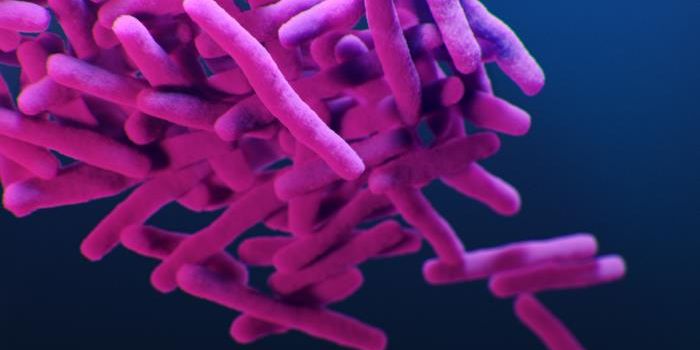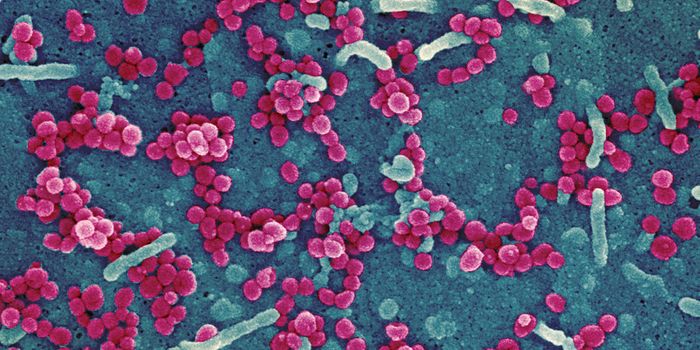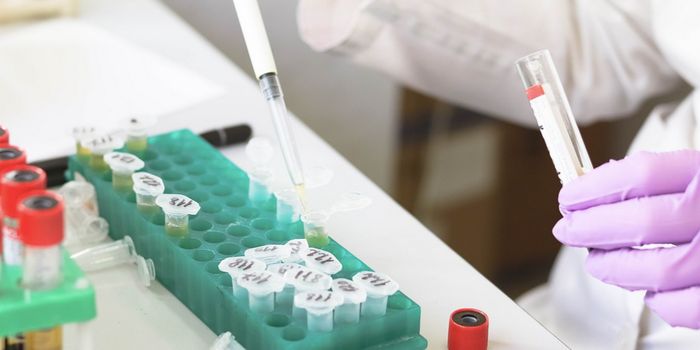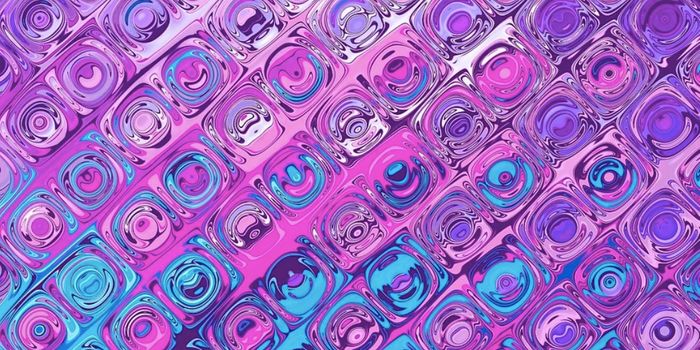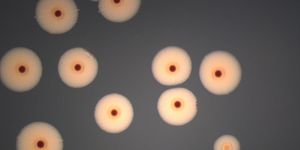New Insights Into Duchenne Muscular Dystrophy Reveal Therapeutic Options
Muscular dystrophy is a disease caused by mutations in the dystrophin gene. The muscles of muscular dystrophy patients weaken and atrophy over time. Heart and breathing muscles may also eventually be affected. Duchenne muscular dystrophy (DMD) is considered to be the most severe form of muscular dystrophy, and typically starts in early childhood. Because the genetic mutations that lead to DMD happen on the X chromosome, it tends to affect boys, and their quality of life and life expectancy may be significantly reduced.
The gene that is mutated in DMD is known as dystrophin, and it encodes for a protein that is important to the stability of muscle cell membranes. The mutation gives rise to muscle cells that are not able to withstand the stress of constant contraction and stretching. Affected muscles become weak, and development is impaired. Cardiac or respiratory muscle failure tends to cause death between the ages of 20 and 30.
Right now, there are no treatments that can stop the progression of DMD, only some medications that can help keep muscles functional for as long as possible. There are some gene therapies that could promote the production of functional dystrophin, however.
Scientists have now learned more about the genetic mechanisms behind DMD, which could help researchers create better treatments. This research is related to another protein known as utrophin. While it's been established that increasing utrophin levels can help compensate for disrupted dystrophin, this research has revealed a molecular process that can raise utrophin levels in human muscle cells. The findings have been reported in Nature.
This work has shown that a process called transcriptional adaptation can raise utrophin levels in human cells, though this process was previously only thought to happen in some animals.
The researchers noted that in DMD, dystrophin mutations not only disrupt the dystrophin protein that is made, the mutant gene that is transcribed (as mRNA) breaks apart into pieces that can then take on novel functions that may also harm the cell.
But in DMD patient cells, these bits of dystrophin mRNA can increase the production of utrophin.
"The mechanism behind this is transcriptional adaptation. By regulating the dystrophin mRNA decay mechanism, it is possible to control the utrophin production in these cells. This provides a starting point for a therapy," said first study author Lara Falcucci.
"Transcriptional adaptation is a fascinating process that allows us to mitigate the consequences of gene mutations. The results have fundamentally improved understanding of the processes underlying genetic compensation and transcriptional adaptation in cells," said corresponding study author Didier Stainier, Director of the Max Planck Institute for Heart and Lung Research, among other appointments.
"We are also convinced that this has opened the door to the development of new therapeutic approaches for the treatment of Duchenne muscular dystrophy. In particular, this could be the case for patients with mutations that have so far been difficult to address."
Sources: Max Planck Society, Nature


